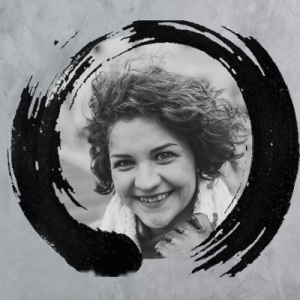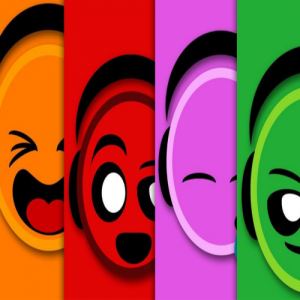There are many ways to learn how to dance Salsa. For those that are new to Salsa, I would always recommend joining a school or learning from a single instructor in order to get their foundations built. Once the foundations are put in place it is time to explore other schools and instructors to refine and increase your Salsa knowledge.
After a few years, you will notice that the handful of teachers available to you will have their own specific styles, although their styles may or may not appeal to you. If you are like me you may find social dancers who do not teach more appealing and, more importantly, plentiful. The question is how do you learn from these inspiring social dancers who are not teaching?
In this article, I will describe the tools I have used to increase my vocabulary through observing dancers on the social floor and I hope that you find this article informative and useful.
NOTE: On learning something I would always recommend going through the process that I call the vowel system; in English, vowels are represented by the following letters: AEIOU. So when you see something new you need to Accept everything that you see, Explore what you see, Incorporate what you see, Observe the new material and the effect it has on yourself and finally Understand what you see. After you have gone through this then you are in a good place to make an informed decision about whether or not you will keep or discard the material seen.
DISCLAIMER: Learning from teachers gives you reinforcement and personal corrections that you will not get from learning on the social floor. I would always recommend both where possible.
Seeing Footwork
When I watch social dancers doing footwork that appeals to me I start by taking a mental video; if you have a video on YouTube this is much much easier. My initial starting point is to identify the rhythm of the footwork i.e. is the dancer following a known instrument rhythm pattern e.g. the Conga Tumbao or a specific series of counts e.g. beats 1, 3, 5, 7.
Once I understand the rhythm I then try to understand the movement of the feet and the direction of the core. The movement of the feet can include extending the foot, crossing legs or bringing the feet together. The movement of the core gives me an idea of how the footwork is directed i.e. drifting forward, to the side or in a circle.
Lastly, I look at the dynamics and effects created and how that is achieved. Is there a slow-quick dynamic in the dance? Are the dancers creating and opening an exploding effect or a smooth and subtle flow.
Seeing Partner Work
There is not an infinite amount of techniques for partner work in Salsa. The last time I counted I got under 20 techniques. These techniques can be combined and layered to form some new variations but the number of underlying techniques themselves is limited.
When I see partner work that I like the first thing I try to do is capture the core technique used. The easiest way to identify the technique is to focus on the follower’s movements. I then look at what additional techniques are layered on top of the core such as a hand flick after a crossbody inside turn as well as the variations of the techniques, for example, having a different hand hold or varying the starting and ending position relative to the woman.
Lastly, and most importantly, I look at how the partner work is applied to music and think about what experience it will give my partner. Having partnerwork in the bag is great, but seeing how and why the dancer is using it means a whole lot more.
Seeing The Dancer
This is a little more interesting. My definition of a Salsa dancer is someone who moves to Salsa music. There is far more to a dancer than what they do but more importantly why and when they do things. I have a whole article coming up which goes into depth about the What, Why and When of Salsa but for the time being to get a good sense of the whole dancer you can observe the Why and When.
The Why is almost impossible to get through observation alone; in my time I have had long conversations with great dancers to hear why they dance. At TNT we started an initiative called Share Your Salsa to get experienced dancers to give us the Why.
The When can be observed on the social floor as you can see that they respond to different instruments with different music. For example, a Timbales solo quite often prompts footwork, heavy bass can produce a bounce, and Charanga produces Pachanga.
When watching dancers, a single song in isolation will not give you the full picture, but watching multiple videos gives you a good sense of how they balance their Salsa worlds.
Lastly, I recommend talking to your favourite dancers regardless of how good or famous they may be as most will always be willing to share their passions with you.
Summary
After 3 years of taking intensive Salsa classes, I developed a broad base and decent vocabulary. After which I started to learn more from the social floor as there were more inspirational dancers than teachers. This coincided with the period of my dancing where I experienced the most fluctuation as well as growth through exploration.
As with most of my articles, I am hoping that you will find this article useful, and informative and that you can take something away from this to improve your dancing.
If you have any comments I would love to hear them and if you found this article useful please do share them.





Leave a Reply